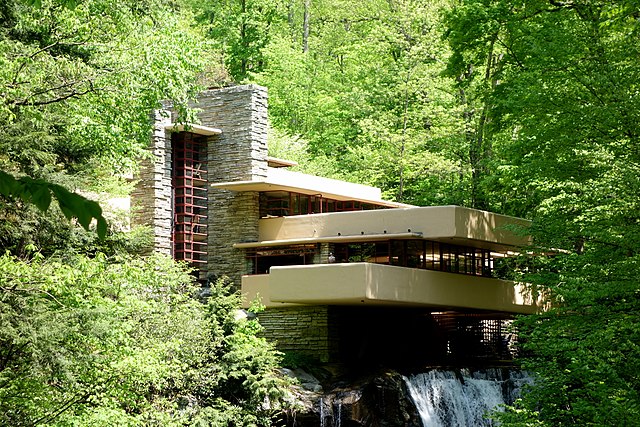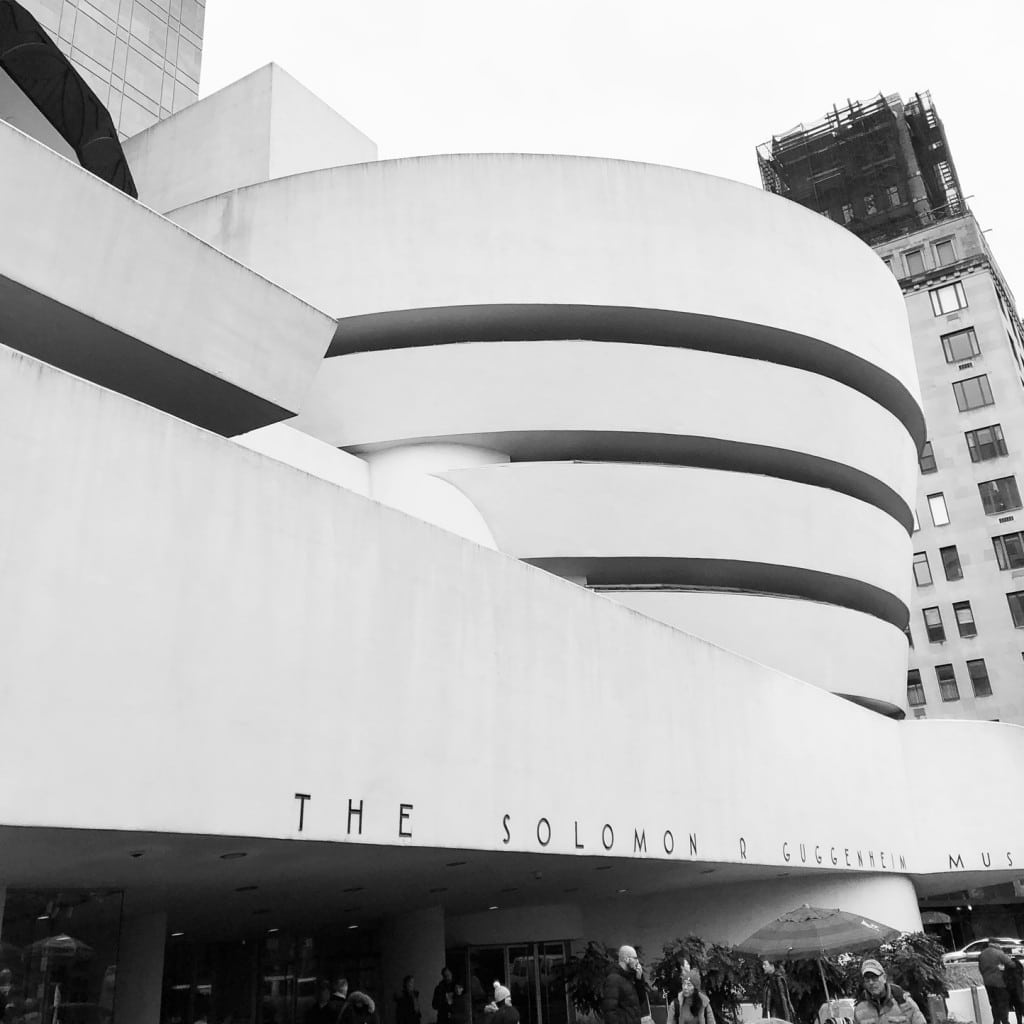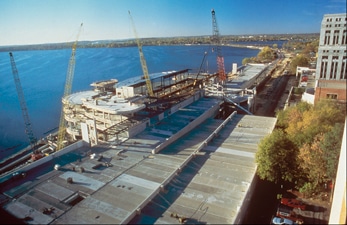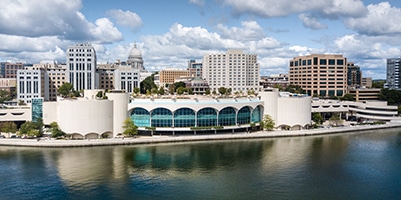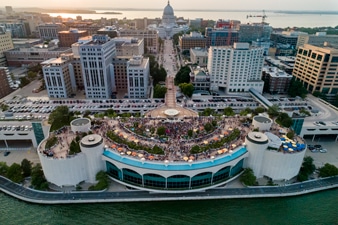The Journey to Monona Terrace
Frank Lloyd Wright originally proposed a design for a “dream civic center” in 1938. His architectural vision for the City of Madison — a curvilinear gathering place that would link the shore of Lake Monona to the State Capitol — has now been realized. With interiors redesigned by Taliesin architect Tony Puttnam, Monona Terrace spans ninety feet out over shimmering waters, incorporating thoroughly modern technology and amenities with the architect´s signature organic design.
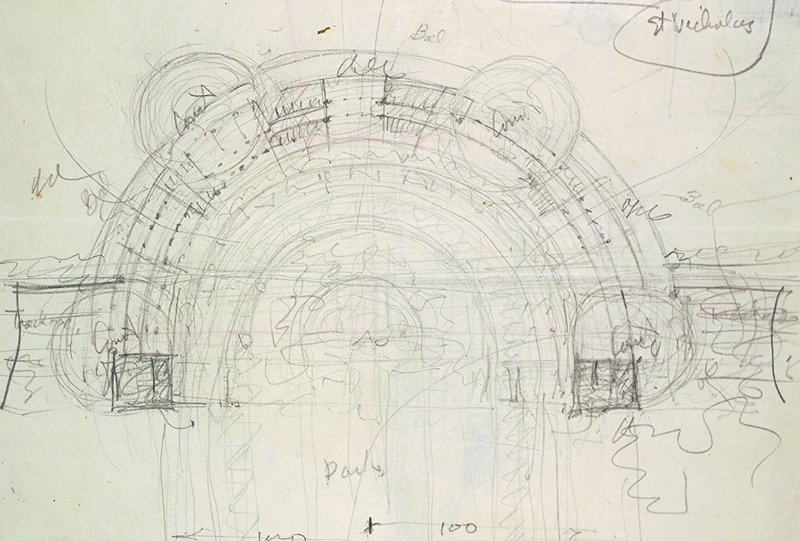
The Journey to Monona Terrace
1867
1878
1889
1909
1911
1937
1938
1941
1954
1957
1959
1990
1992
1994
1997
2022
Interested in seeing a Frank Lloyd Wright house in Madison, WI? Start with the Eugene A. Gilmore “Airplane House” after your visit to Monona Terrace!


